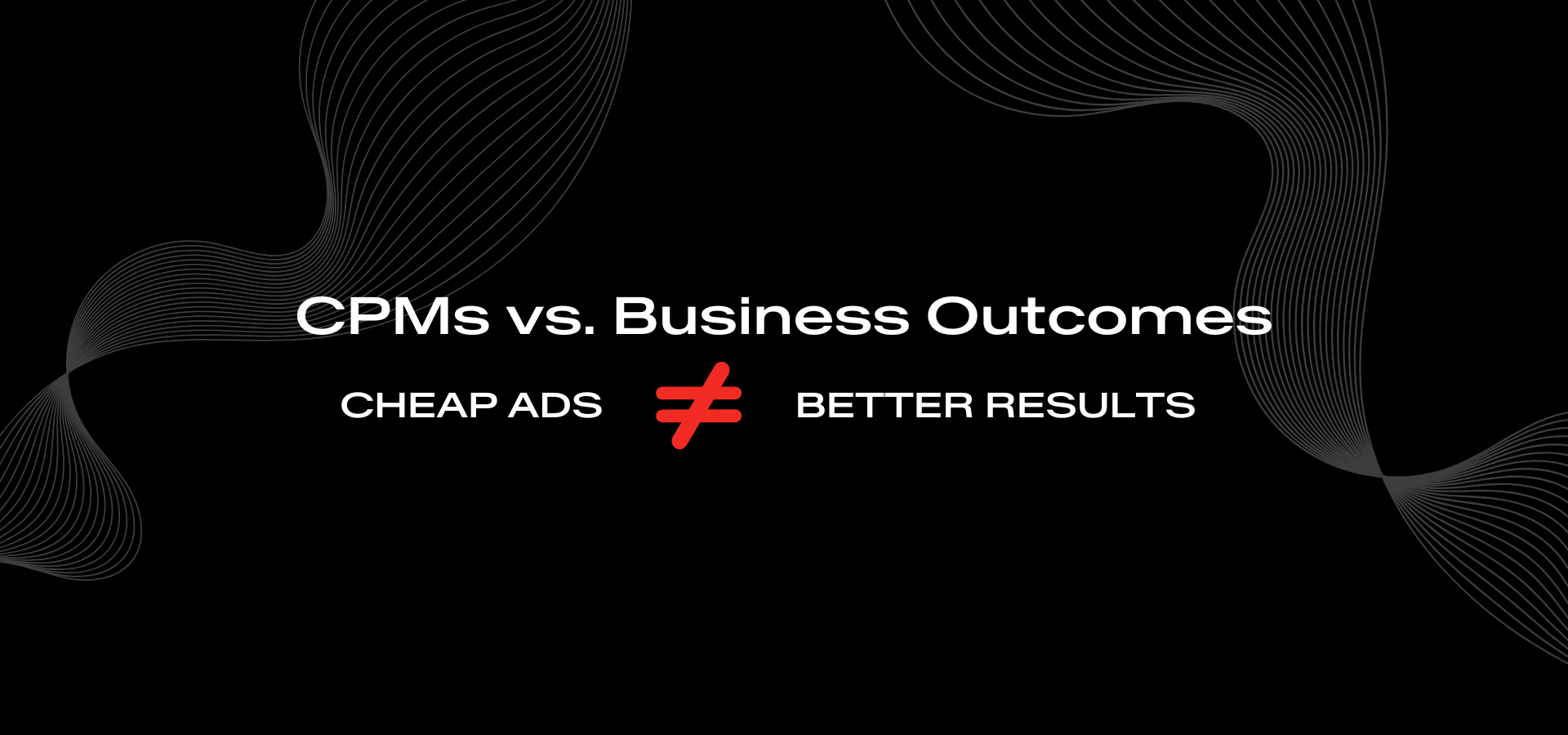Two terms often get thrown around when it comes to marketing—brand marketing and performance marketing.
While both aim to grow your business, they take fundamentally different paths to get there.
Understanding each of them can help you optimize your marketing efforts and achieve your business goals more effectively.
What is Brand Marketing?
Brand marketing focuses on building awareness, trust, and loyalty among your audience. It’s about creating an emotional connection with your customers that goes beyond the immediate sale.
Think of iconic brands like Coca-Cola or Nike, whose very names evoke specific feelings and associations.
Why Brand Marketing Matters
Brand marketing sets the foundation for long-term business success. It helps a company stand out in a crowded market and fosters customer loyalty.
When consumers feel connected to your brand, they are more likely to choose your products over competitors—even if they aren’t the cheapest option available. This emotional connection can turn customers into brand advocates, promoting your brand through word-of-mouth.
Elements of Brand Marketing
Brand marketing encompasses several elements, including brand identity, messaging, storytelling, and customer experience.
Your brand identity includes your logo, colors, and typography, which should be consistent across all channels.
Meanwhile, your messaging should convey your brand’s values and promise. Storytelling is crucial for creating an emotional connection with your audience, while a positive customer experience ensures that this connection is sustained over time.
What is Performance Marketing?
Performance marketing, on the other hand, is all about measurable results. It focuses on driving specific actions, such as clicks, leads, or sales.
This strategy is data-driven and relies heavily on analytics to optimize campaigns and achieve the best possible return on investment (ROI).
Why Performance Marketing Matters
Performance marketing is essential for short-term gains and immediate ROI. It allows you to track the effectiveness of your campaigns in real-time—making it easier to adjust your strategies as needed. This approach is particularly useful for businesses looking to scale quickly or achieve specific, measurable goals within a set timeframe.
Elements of Performance Marketing
Performance marketing involves various tactics, including pay-per-click (PPC) advertising, affiliate marketing, email campaigns, and social media ads. Each of these tactics is designed to drive specific actions and can be easily tracked using analytics tools.
This allows you to continually optimize your campaigns for better performance.
Key Differences Between Brand and Performance Marketing
Focus and Objectives
The primary difference between brand and performance marketing lies in their focus and objectives. Brand marketing aims to build long-term customer relationships, while performance marketing focuses on driving immediate actions and measurable results.
Both are important, but they serve different purposes within your overall marketing strategy. Ideally, you’ll leverage both!
Metrics and Measurement
Metrics for brand marketing often include brand awareness, customer sentiment, and loyalty. These are typically measured through surveys, social listening tools, and brand equity studies.
Performance marketing metrics, on the other hand, are more quantitative and include click-through rates (CTR), conversion rates, and cost per acquisition (CPA). These metrics can be easily tracked using analytics platforms.
Timeframe and ROI
Brand marketing is a long-term strategy that may take months or even years to show significant results. Its ROI is often harder to measure but can be substantial in the long run.
However, performance marketing delivers immediate results and provides a clear, measurable ROI. This makes it easier to justify the investment in performance marketing campaigns, especially for businesses looking for quick wins.
Integrating Brand and Performance Marketing
The Power of a Balanced Approach
As mentioned previously, the most successful brands integrate both brand and performance marketing. A balanced approach allows you to build a strong brand while also achieving immediate business goals.
By combining the storytelling and emotional connection of brand marketing with the data-driven and results-oriented approach of performance marketing, you can create a powerful marketing strategy that resonates with your audience and drives strong outcomes.
Case Studies of Successful Integration
Take Nike, for example. Their powerful brand marketing campaigns, like “Just Do It,” create a strong emotional connection with consumers. Meanwhile, their performance marketing efforts, such as targeted social media ads and TV advertisements, drive immediate sales and engagement.
This integrated approach has helped Nike maintain its position as a market leader.
Practical Tips for Integration
Start by ensuring that your brand messaging is consistent across all performance marketing channels. You can then use the insights gained from performance marketing analytics to refine your brand strategy.
For example, if a particular ad is performing well, analyze what makes it successful and incorporate those elements into your broader brand marketing efforts.
The Future of Brand and Performance Marketing
Emerging Trends
The future of marketing is likely to see even more integration between brand and performance marketing. Emerging trends, such as personalized marketing and omnichannel strategies, will require a cohesive approach that leverages both brand and performance tactics.
The Role of Consumer Behavior
Consumer behavior is constantly evolving, and marketers must adapt to these changes.
Understanding how consumers interact with your brand across different touchpoints will be crucial for developing effective marketing strategies. Use data and analytics to gain insights into consumer behavior and tailor your marketing efforts accordingly.
Preparing for the Future
While learning the similarities and differences of brand vs. performance marketing, it’s crucial to keep an open mind and remain ready for changes or new developments in the market.
Understanding the differences between the two is crucial for developing an overall successful marketing strategy. While brand marketing focuses on building long-term customer relationships, performance marketing aims to drive immediate actions and measurable results. By integrating both approaches, you can create a balanced marketing strategy that delivers both short-term gains and long-term success.
To get started, consider conducting a thorough audit of your current marketing efforts. Identify areas where you can improve and develop a plan to integrate brand and performance marketing strategies. And remember, the key to success lies in staying agile and adapting to constant change and new ideas.




